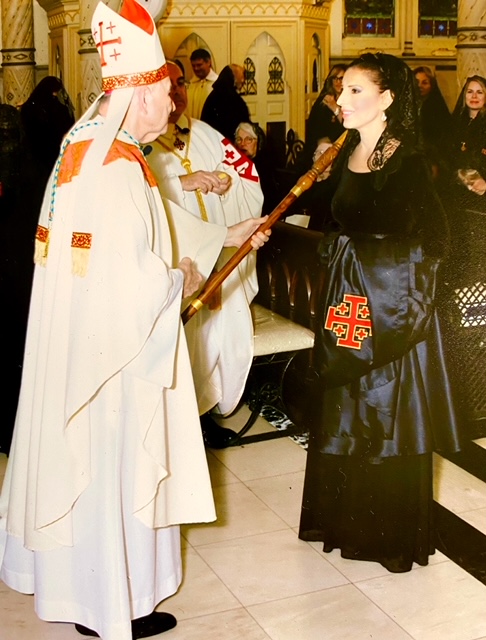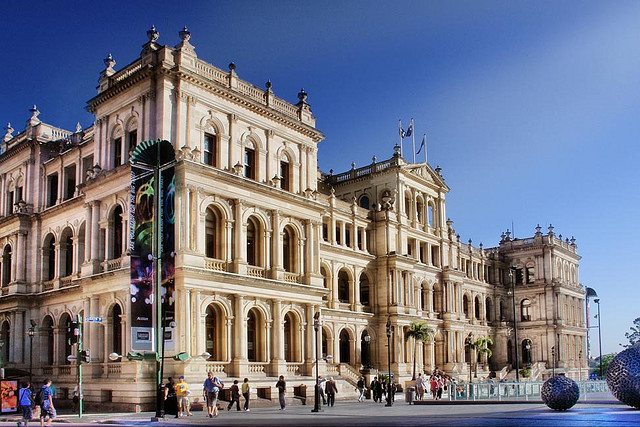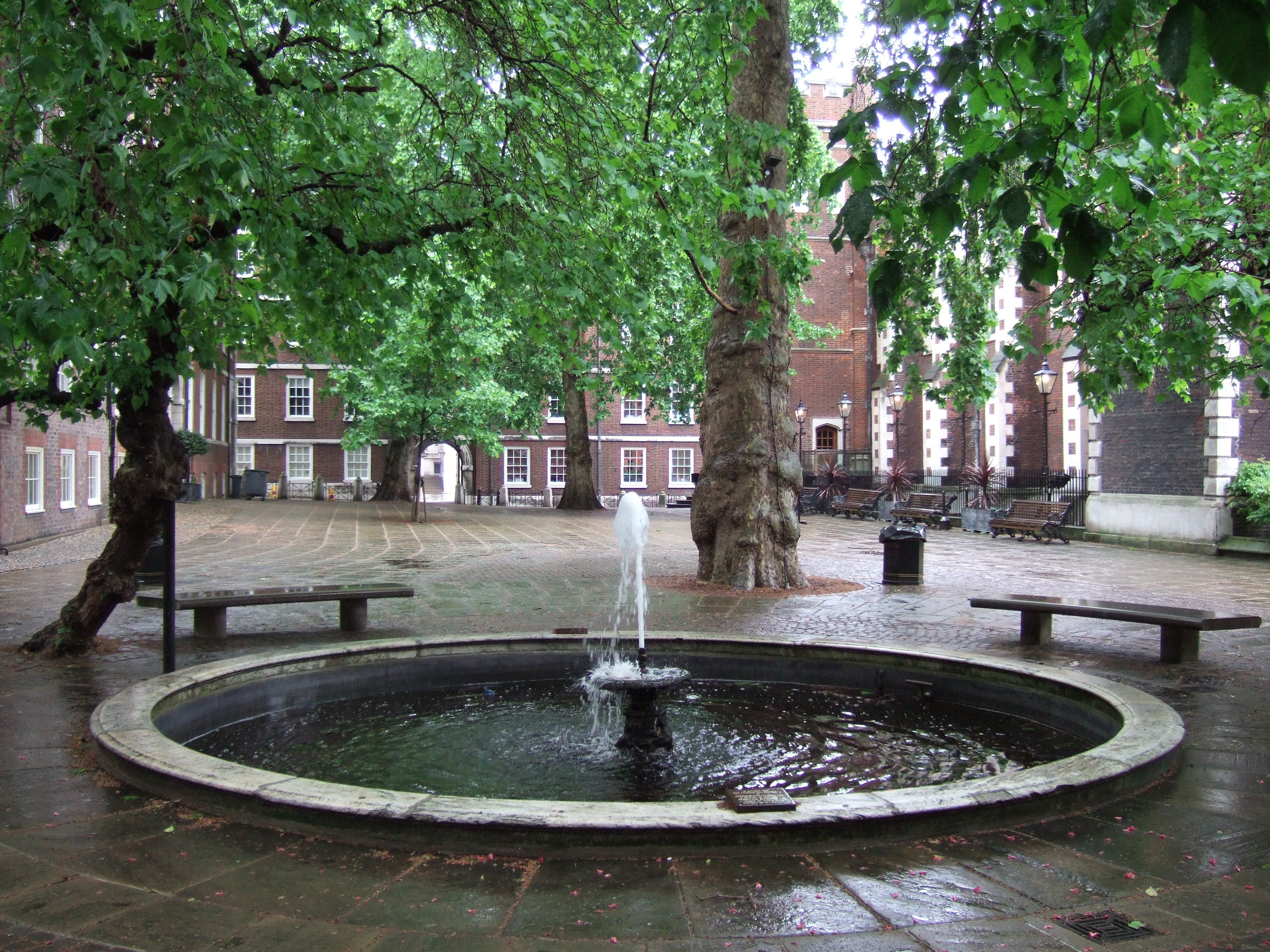|
Barbara Mills
Dame Barbara Jean Lyon Mills DBE, QC (''née'' Warnock; 10 August 1940 – 28 May 2011) was a British barrister. She held various senior public appointments including Director of Public Prosecutions, and was widely seen as a pioneer for women gaining such appointments in the higher echelons of the legal profession.Dame Barbara Mills obituary in ''The Independent'' (London), 7 June 2011 At the time of her death she was chair of the . Early life and education She was born in |
Dame
''Dame'' is a traditionally British honorific title given to women who have been admitted to certain orders of chivalry. It is the female equivalent of ''Sir'', the title used by knights. Baronet, Baronetesses Suo jure, in their own right also use the title ''Dame''. A woman appointed to the grades of Dame Commander or Dame Grand Cross of the Order of Saint John (Bailiwick of Brandenburg), Order of Saint John, the Order of the Holy Sepulchre (Catholic), Order of the Holy Sepulchre, the Order of the Bath, the Order of Saint Michael and Saint George, the Royal Victorian Order, or the Order of the British Empire becomes a dame. A Central European order in which female members receive the rank of Dame is the Order of St. George (Habsburg-Lorraine), Order of Saint George. Since there is no female equivalent to a Knight Bachelor, women are always appointed to an Order (distinction), order of chivalry. Women who are appointed to the Order of the Garter or the Order of the Thistle are gi ... [...More Info...] [...Related Items...] OR: [Wikipedia] [Google] [Baidu] |
Professional Oversight Board
The Financial Reporting Council (FRC) is an independent regulator in the UK and Ireland based in London Wall in the City of London, responsible for regulating auditors, accountants and actuaries, and setting the UK's Corporate Governance and Stewardship Codes. The FRC seeks to promote transparency and integrity in business by aiming its work at investors and others who rely on company reports, audits and high-quality risk management. In December 2018, an independent review of the FRC, led by Sir John Kingman, recommended its replacement by a new Audit, Reporting and Governance Authority, a recommendation that the government agreed to follow in March 2019 but later delayed. Ireland adopted the FRC's auditing framework in 2017. Structure The FRC is a company limited by guarantee, and is funded by the audit profession, who are required to contribute under the provisions of the Companies Act 2006 and by other groups subject to, or benefitting from FRC regulation. Its board of ... [...More Info...] [...Related Items...] OR: [Wikipedia] [Google] [Baidu] |
Broadwater Farm Riot
The Broadwater Farm riot occurred on the Broadwater council estate in Tottenham, North London, on 6 October 1985. The events of the day were dominated by two deaths. The first was that of Cynthia Jarrett, an Afro-Caribbean woman who died the previous day due to heart failure during a police search at her home. It was one of the main triggers of the riot, in a context where tensions between local black youth and the largely white Metropolitan Police were already high, due to a combination of local issues and the aftermath of the 1985 Brixton riot which had occurred the previous week, following the shooting of a black woman, Cherry Groce, during another police search. The second death was the murder of Keith Blakelock, the third police officer since 1833 to be killed in a riot in Britain (all three being in the Met). Police encounter with Cynthia Jarrett At 13:00 hrs on 5 October 1985, a young black man, Floyd Jarrett, who lived about a mile from the Farm, was arrested by pol ... [...More Info...] [...Related Items...] OR: [Wikipedia] [Google] [Baidu] |
Murder Of Keith Blakelock
Keith Henry Blakelock King's Gallantry Medal, QGM, a London Metropolitan Police constable, was murdered on 6 October 1985 during the Broadwater Farm riot in Tottenham, north London. The riot broke out after Cynthia Jarrett died of heart failure during a police search of her home, and took place against a backdrop of unrest in several English cities and a breakdown of relations between the police and some people in the black community.. PC Blakelock had been assigned, on the night of his death, to Serial 502, a unit of 11 constables and one sergeant, dispatched to protect firefighters who were themselves under attack. When the rioters forced the officers back, Blakelock stumbled and fell. Surrounded by a mob of around 50 people, he received over 40 injuries inflicted by machetes or similar weapons, and was found with a six-inch-long knife in his neck, buried up to the hilt. Detectives came under enormous pressure to find those responsible. Faced with a lack of scientific eviden ... [...More Info...] [...Related Items...] OR: [Wikipedia] [Google] [Baidu] |
Winston Silcott
Winston Silcott (born 1959),Winston Silcott: An infamous past (, 20 October 2003) a British citizen born to () parents, was wrongfully convicted in March 1987, as one of the "Tottenham Three", for the murder of PC Keith Blakelock on the night of 6 October 1985 during the |
Guinness Four
The Guinness share-trading fraud was a major business scandal of the 1980s. It involved the manipulation of the London stock market to inflate the price of Guinness shares to thereby assist Guinness's £4 billion takeover bid for the Scottish drinks company Distillers. Four businessmen were convicted of criminal offences for taking part in the manipulation. The scandal was discovered in testimony given by the US stock trader Ivan Boesky as part of a plea bargain. Ernest Saunders, Gerald Ronson, Jack Lyons and Anthony Parnes, the so-called Guinness four, were charged, paid large fines and, with the exception of Lyons, who was suffering from ill health, served prison sentences. The case was brought by the Serious Fraud Office. Crime The defendants bought shares in Guinness plc to enable Guinness (by supporting its share price) to take over Distillers, a much larger company. The Distillers board favoured Guinness as partners and were facing a hostile bid by Argyll. The Guinnes ... [...More Info...] [...Related Items...] OR: [Wikipedia] [Google] [Baidu] |
Patrick Magee (Irish Republican)
Patrick Joseph Magee (born 1951) is a former Provisional Irish Republican Army (IRA) volunteer who is best known for planting a bomb in the Brighton Grand Hotel targeting Prime Minister Margaret Thatcher and her Cabinet, which killed five people. He is often referred to as 'the Brighton bomber'. Early life and IRA career Patrick Magee was born in Belfast and moved with his family to Norwich when he was two years old. He returned to Belfast at the age of 18 in 1969 and in 1972 joined the Provisional IRA. He was interned without trial at Long Kesh between June 1973 and November 1975. Brighton hotel bombing The plot to bomb the Grand Hotel had started as an act of revenge for the stance the British government had taken over the 1981 Irish hunger strike. Magee had stayed in the hotel under the false name of Roy Walsh four weeks previously, during the weekend of 14–17 September 1984. He planted the bomb, with a long-delay timer, in the bathroom wall of his room, number ... [...More Info...] [...Related Items...] OR: [Wikipedia] [Google] [Baidu] |
Michael Fagan Incident
Michael Fagan (born 8 August 1948) is a British citizen who intruded into Queen Elizabeth II's bedroom in Buckingham Palace in 1982. Early life Michael Fagan was born in Clerkenwell, London, on 8 August 1948, the son of Ivy and Michael Fagan Sr. His father was a steel erector and a "champion" safe-breaker. He had two younger sisters, Marjorie and Elizabeth. In 1955, he attended Compton Street School in Clerkenwell (later St Peter & St Paul RC Primary School). In 1966, he left home at 18 to escape his father who, Fagan says, was violent. He started working as a painter and decorator. In 1972, he married Christine, with whom he had four children (she left him the year of the break-ins, but later came back). At some point in the 1970s–1980s, Fagan was a member of a North London branch of the Workers Revolutionary Party. Break-ins First entry In early July 1982, Fagan intruded into Buckingham Palace. He stated that he shimmied up a drainpipe and startled a housemaid, who ca ... [...More Info...] [...Related Items...] OR: [Wikipedia] [Google] [Baidu] |
Central Criminal Court (England And Wales)
The Central Criminal Court of England and Wales, commonly referred to as the Old Bailey after the street on which it stands, is a criminal court building in central London, one of several that house the Crown Court of England and Wales. The street outside follows the route of the ancient wall around the City of London, which was part of the fortification's bailey, hence the metonymic name. The court has been housed in a succession of buildings on the street since the sixteenth century, when it was attached to the medieval Newgate Prison. The current main building block was completed in 1902, designed by Edward William Mountford; its monumental architecture is recognised and protected as a Grade II* listed building. An extension, South Block, was constructed in 1972, over the former site of Newgate Prison which had been demolished in 1904. The Crown Court sitting in the Old Bailey hears major criminal cases from within Greater London. In exceptional cases, trials may be r ... [...More Info...] [...Related Items...] OR: [Wikipedia] [Google] [Baidu] |
Treasury Counsel
A treasury is either *A government department related to finance and taxation, a finance ministry; in a business context, corporate treasury. *A place or location where treasure, such as currency or precious items are kept. These can be state or royal property, church treasure or in private ownership. The head of a treasury is typically known as a treasurer. This position may not necessarily have the final control over the actions of the treasury, particularly if they are not an elected representative. The adjective for a treasury is normally treasurial. The adjective "tresorial" can also be used, but this normally means pertaining to a ''treasurer''. History The earliest found artefacts made of silver and gold are from Lake Varna in Bulgaria dated 4250–4000 BC, the earliest of copper are dated 9000–7000 BC. The Greek term ''thêsauros'' (treasury) was first used in Classical times to describe the votive buildings erected to house gifts to the gods, such as the Si ... [...More Info...] [...Related Items...] OR: [Wikipedia] [Google] [Baidu] |
Edward Cussens
Edward is an English male name. It is derived from the Anglo-Saxon name ''Ēadweard'', composed of the elements '' ēad'' "wealth, fortunate; prosperous" and '' weard'' "guardian, protector”. History The name Edward was very popular in Anglo-Saxon England, but the rule of the Norman and Plantagenet dynasties had effectively ended its use amongst the upper classes. The popularity of the name was revived when Henry III named his firstborn son, the future Edward I, as part of his efforts to promote a cult around Edward the Confessor, for whom Henry had a deep admiration. Variant forms The name has been adopted in the Iberian peninsula since the 15th century, due to Edward, King of Portugal, whose mother was English. The Spanish/Portuguese forms of the name are Eduardo and Duarte. Other variant forms include French Édouard, Italian Edoardo and Odoardo, German, Dutch, Czech and Romanian Eduard and Scandinavian Edvard. Short forms include Ed, Eddy, Eddie, Ted, Teddy and Ned ... [...More Info...] [...Related Items...] OR: [Wikipedia] [Google] [Baidu] |
Middle Temple
The Honourable Society of the Middle Temple, commonly known simply as Middle Temple, is one of the four Inns of Court entitled to Call to the bar, call their members to the English Bar as barristers, the others being the Inner Temple (with which it shares Temple Church), Gray's Inn and Lincoln's Inn. It is located in the wider Temple, London, Temple area of London, near the Royal Courts of Justice, and within the City of London. As a Liberty (division), liberty, it functions largely as an independent local government authority. History During the 12th and early 13th centuries the law was taught, in the City of London, primarily by the clergy. But a papal bull in 1218 prohibited the clergy from practicing in the secular courts (where the English common law system operated, as opposed to the Roman Civil law (legal system), civil law favoured by the Church). As a result, law began to be practised and taught by laymen instead of by clerics. To protect their schools from competi ... [...More Info...] [...Related Items...] OR: [Wikipedia] [Google] [Baidu] |





